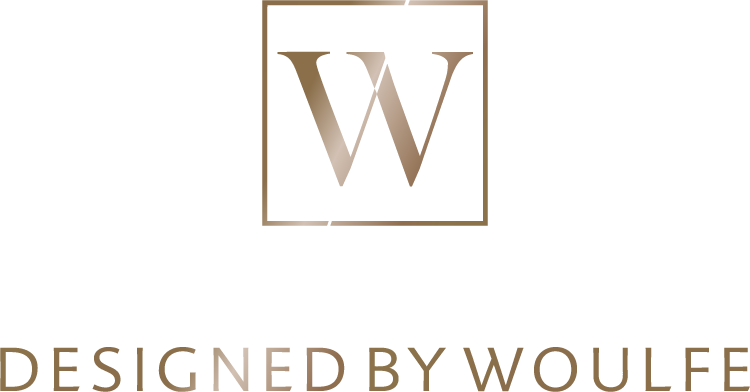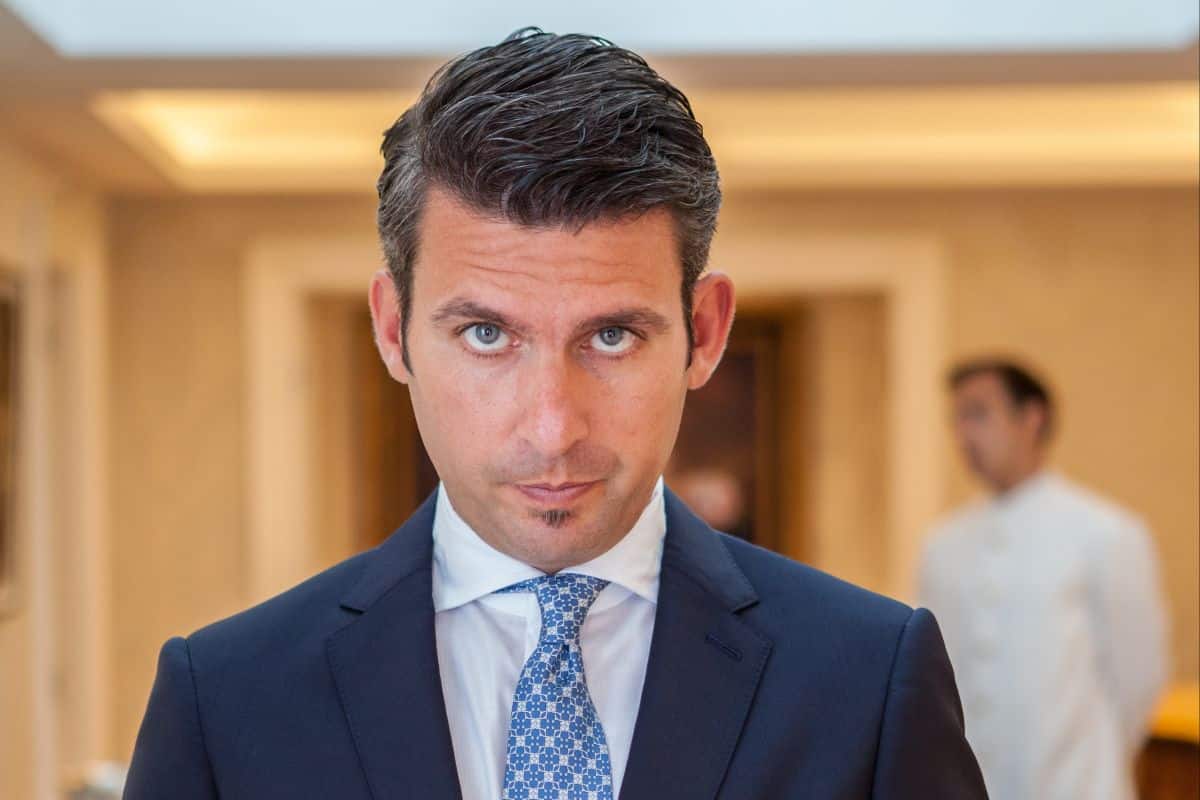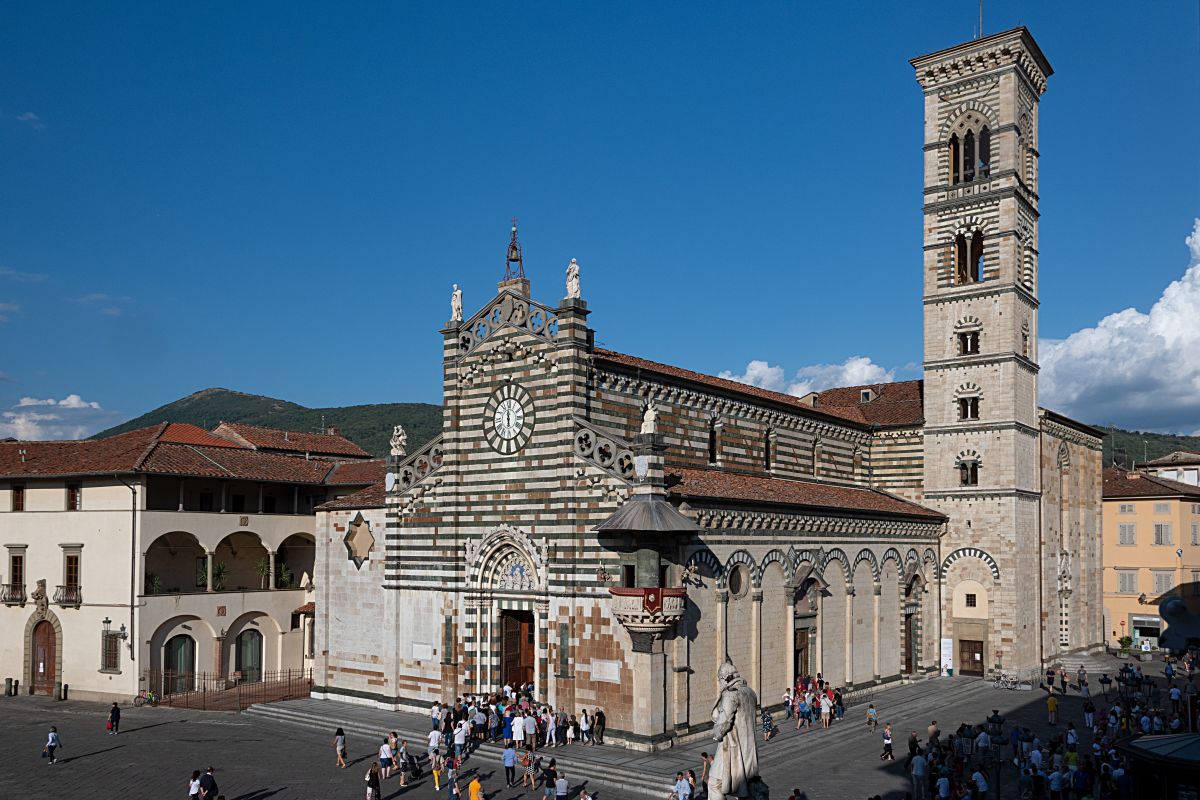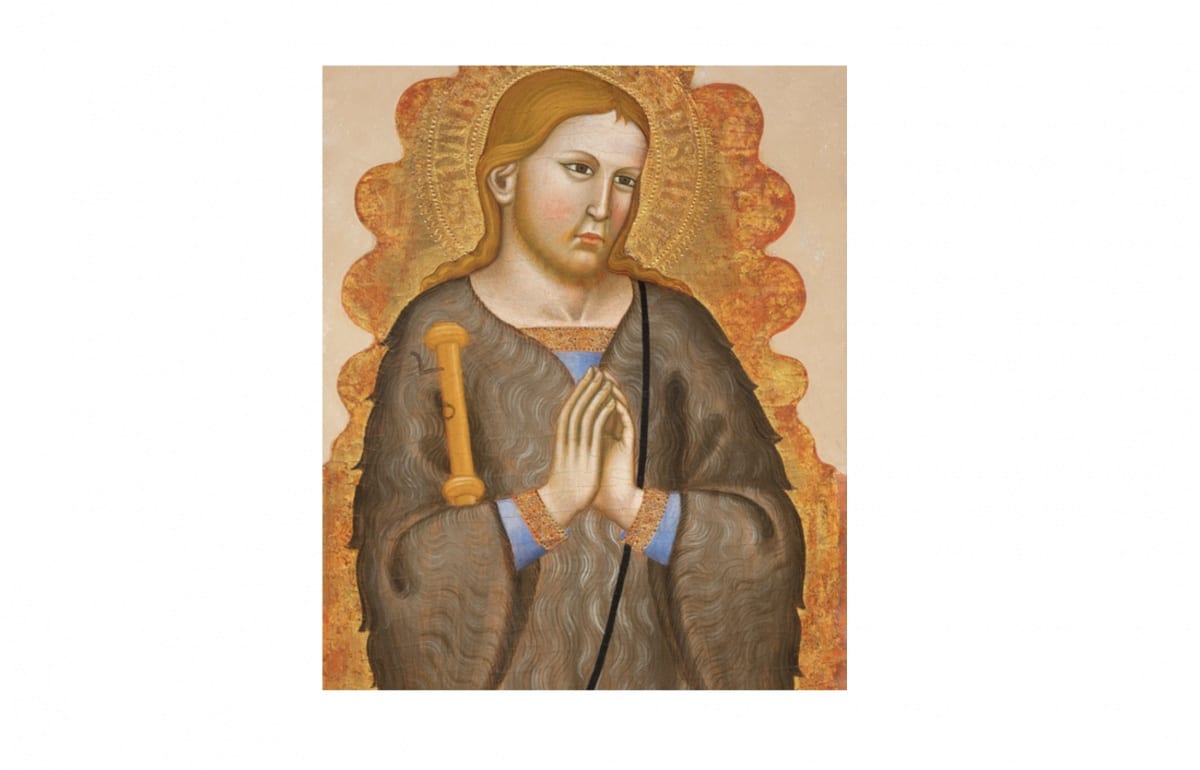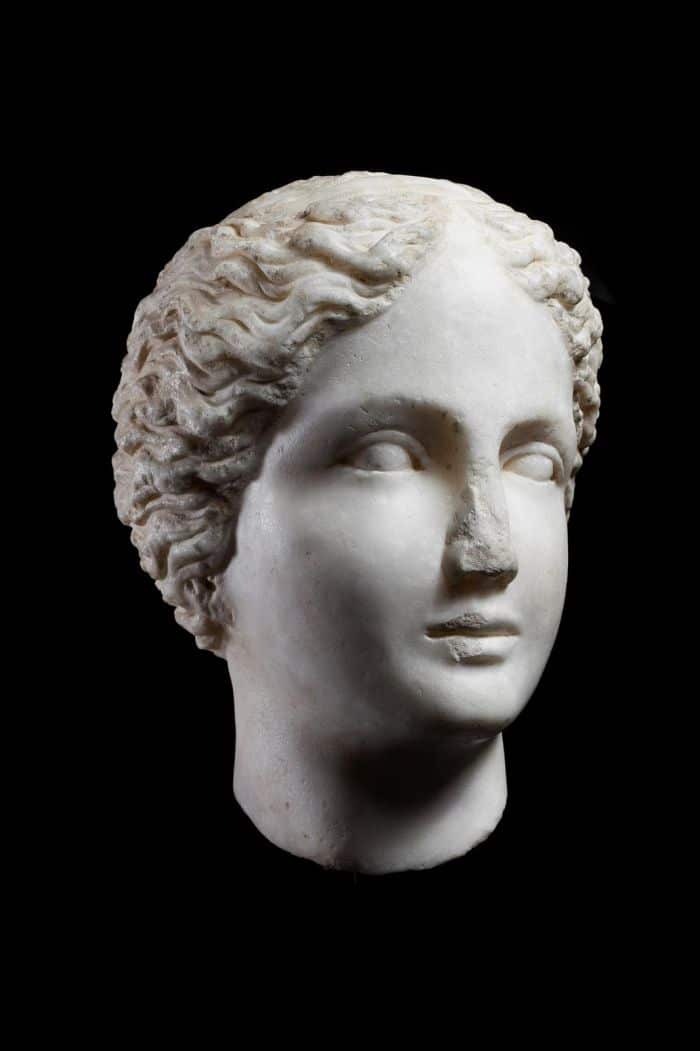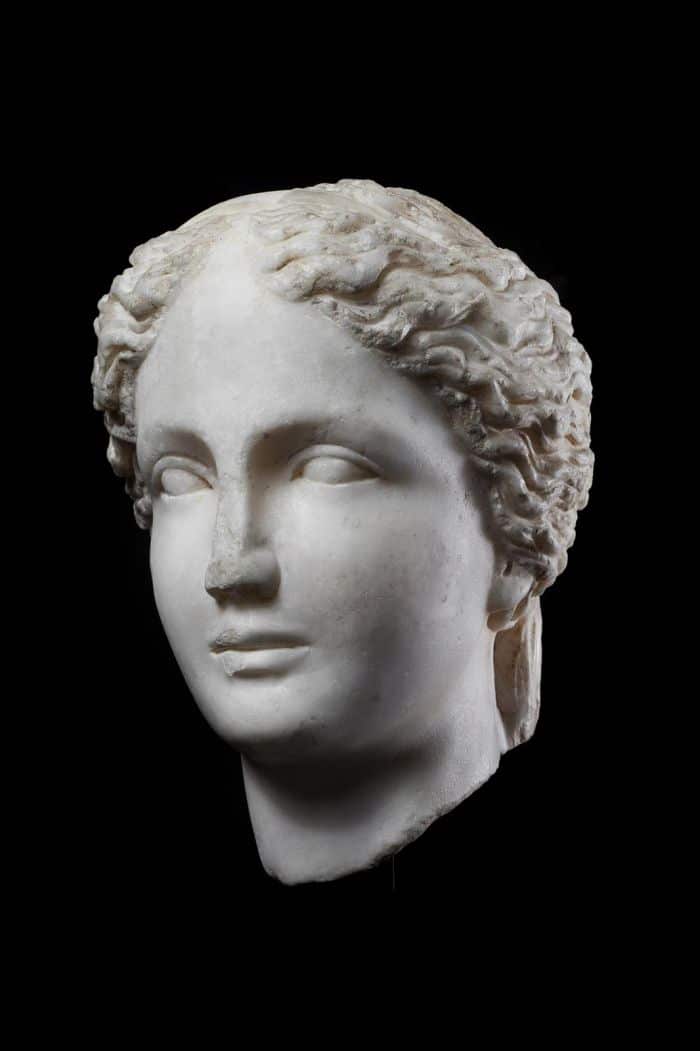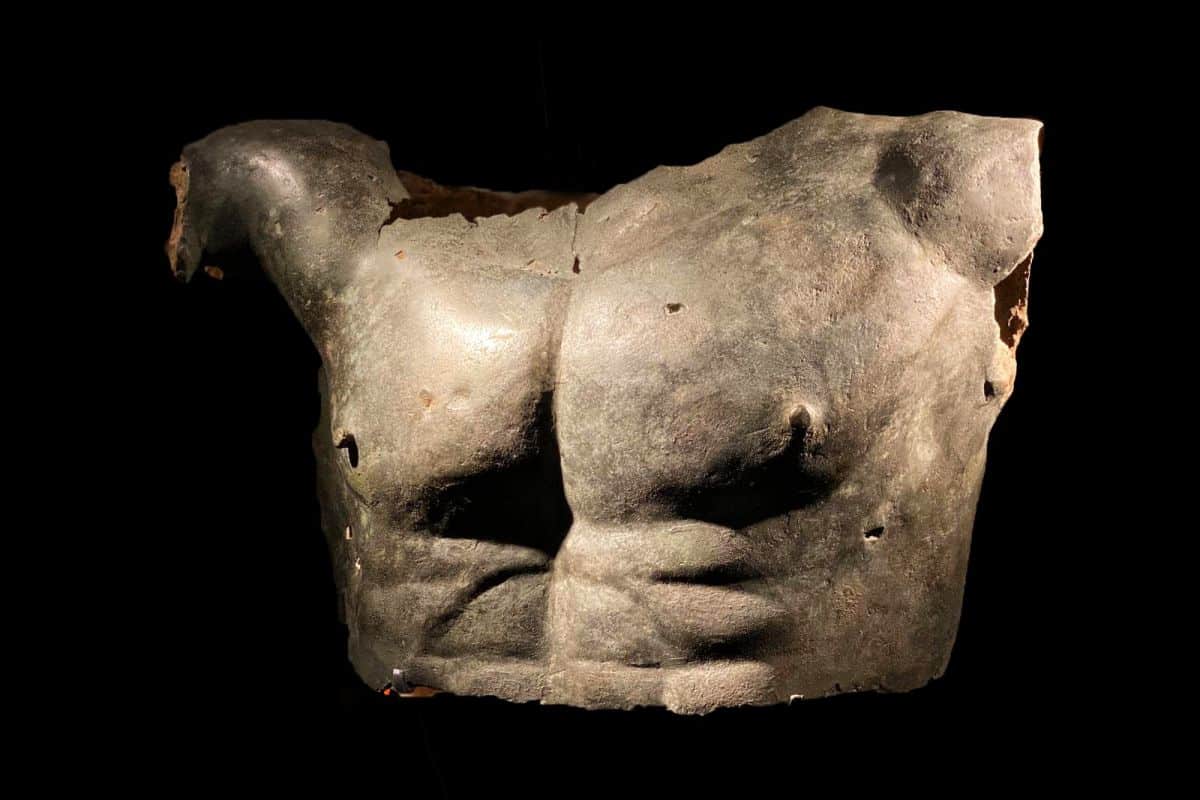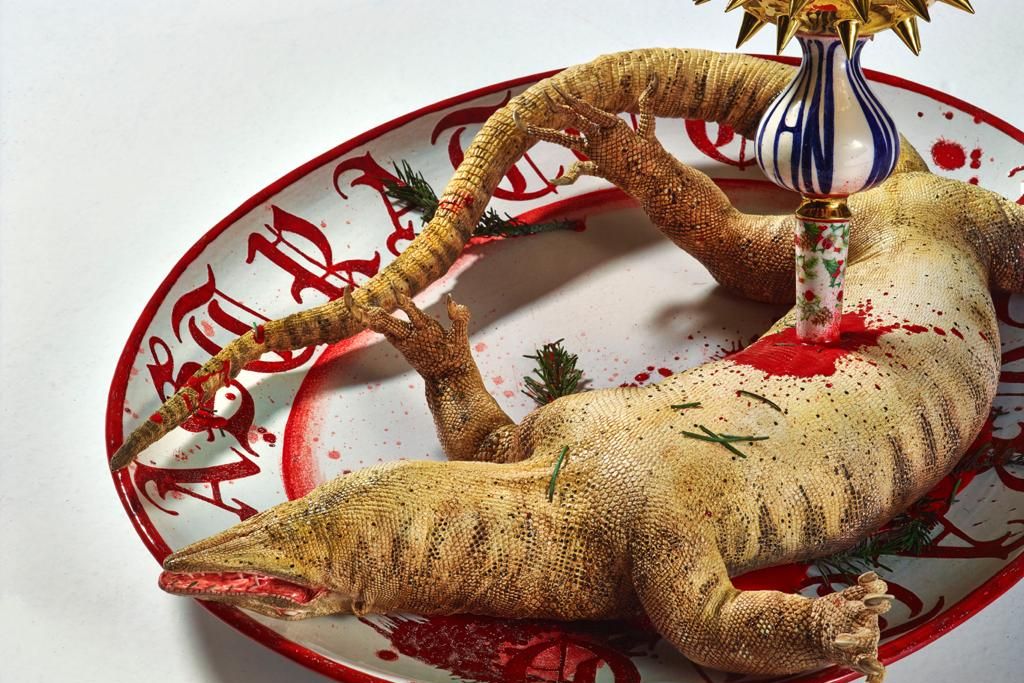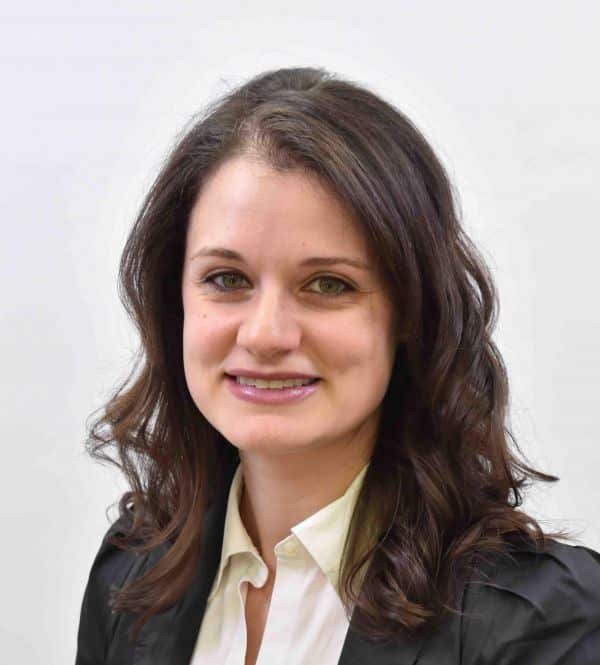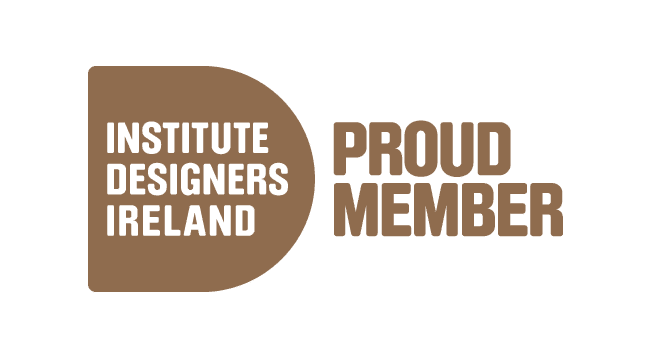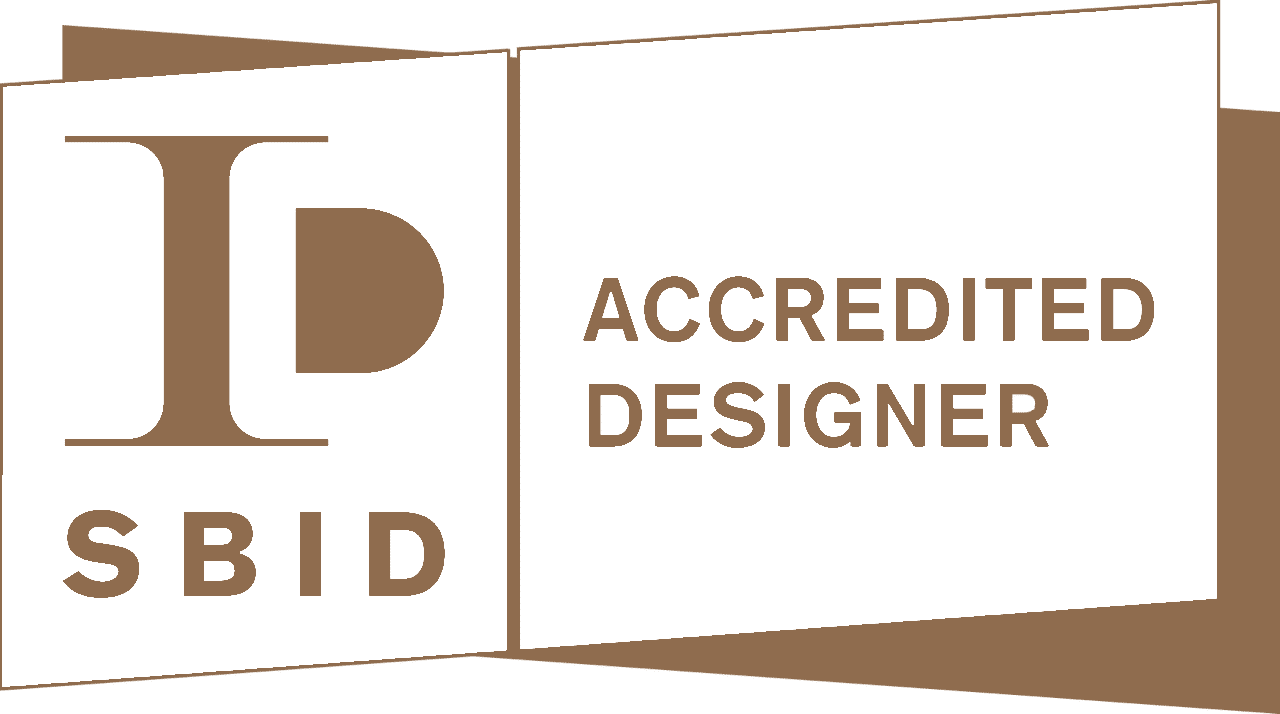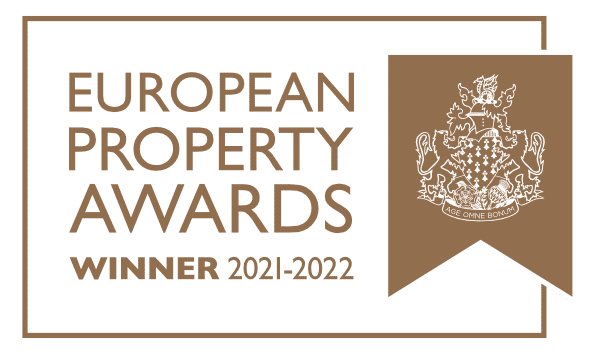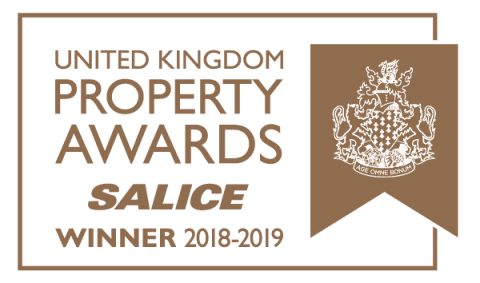Do you think that clients, and therefore the methods that they use when they consider buying an artwork, have changed over the last ten years?
Clients always want pieces of quality and that has never changed, even if perhaps there are fewer classic and methodical collectors.
The attention has shifted more to the subject: peculiar and different things, talking points. New generation clients are less influenced by the artist’s name – which is not necessarily negative considering that Old Master attributions can change and are subject to many different opinions – and more engaged with the story that an object can tell. The whole experience of buying art, being part of something, can sometimes be even more important than the painting or sculpture itself.
FG Fine Art is currently exhibiting at the Flashback Torino art fair, which is now online through 7 March 2021. Do you see the future of art fairs, such as The European Fine Art Fair in Maastricht, Frieze London and Frieze Masters, etc. as being affected by the 2020 COVID-19 pandemic and how do you think that they will adapt?
Every market has been affected by the pandemic and ours was no different. We will need some time in order to go back to normality and settle down. I am afraid that larger and more international realities such as TEFAF in Maastricht will have the most struggles because, until a large portion of the population is vaccinated, it will be difficult to fly and move again so I don’t know how many galleries and clients will be able to participate. Perhaps it will be easier for smaller and more local realities.
The thing that united all the fairs was the choice to go online with platforms dedicated to exhibitors. It was obviously the fastest and most functional solution in this delicate situation and technology has given great support, even if there is always room for improvement. However, these are not an alternative to fairs. The thrill of seeing a work of art live can never be replaced by a digital experience. Surely the various viewing rooms will also be used in the future as a support tool, but I hope that there will soon be the possibility of being able to walk in the flesh among the stands of a fair, albeit with some limitations.
It is my nature to be optimistic and try to think forward, so even during the height of the first lockdown I decided to join Flashback Torino for their edition in November 2020. It is a fair in which I strongly believe and which is becoming an innovative presence in Italy. I also appreciated that, unlike other fairs, they decided to keep the digital showcase for several months, giving exhibitors the opportunity to change the works on display and creating weekly newsletters for their promotion.
Having said this, of course we must all be ready to adapt to new systems and renew ourselves, learning from the past and understanding how to coexist with the sudden changes. The art market cannot, and should not, escape that introspection.

